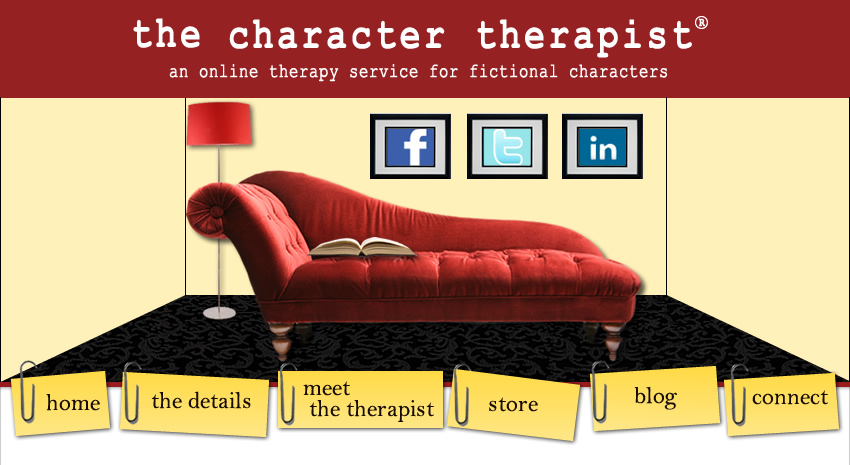Katherine wants to know: Scott is in therapy, but doesn't see that he needs to learn to be happy with or without his wife. Nor does he see that winning his wife back is an unrealistic goal. What would you as a therapist tell him to do? What exercises would you suggest for him to follow to gain focus?
Oooh! I true therapy question. I must say that if you ask twelve therapists, you'd get twelve different answers, but I'm honored you chose me. :)
Many times clients come in with unrealistic goals. It's not for me to tell them that the goal isn't feasible, but for them to come to that realization on their own. I might start out with a discussion about what things in their life they have control over, and what things they don't. I break out a chart like the one below to give structure to this activity.
So Scott wants to his wife to come back. This would fall in Box 4, since it isn't something he can do himself (she has to come back) and it isn't a change that happens internally for her. It's a physical, external change of location/marital status. If he said he wanted to "grow up" and take more responsibility in his life in order to get his wife back, this would fall in Box 1, because it happens internally, and only he can make this change.
What clients usually see is that the only thing they have 100% control over is Box 1. In fact, control slips further and further away as you go to Boxes 2, 3, & 4. I usually will play devil's advocate and ask questions that help the client arrive at this conclusion.
Therapy is about internal change affecting external change. At least it is to me. There are lots of things you can do to get immediate external relief, but unless you change internally, the external change doesn't usually stick. It's a lot of work, so I hope to help clients not worry about what other people are doing, and focus on themselves. Perhaps this exercise will help Scott do that.
I'm open to answering additional questions about this method if you have any. I think it could make a compelling scene with him in therapy coming to this conclusion.








